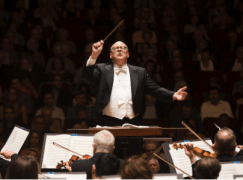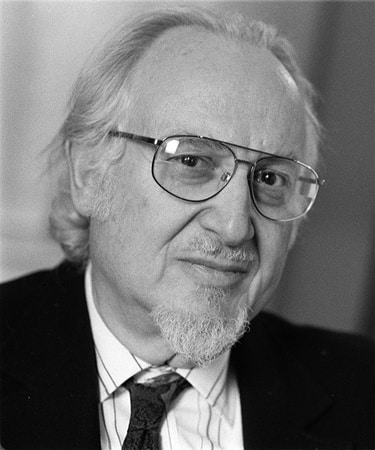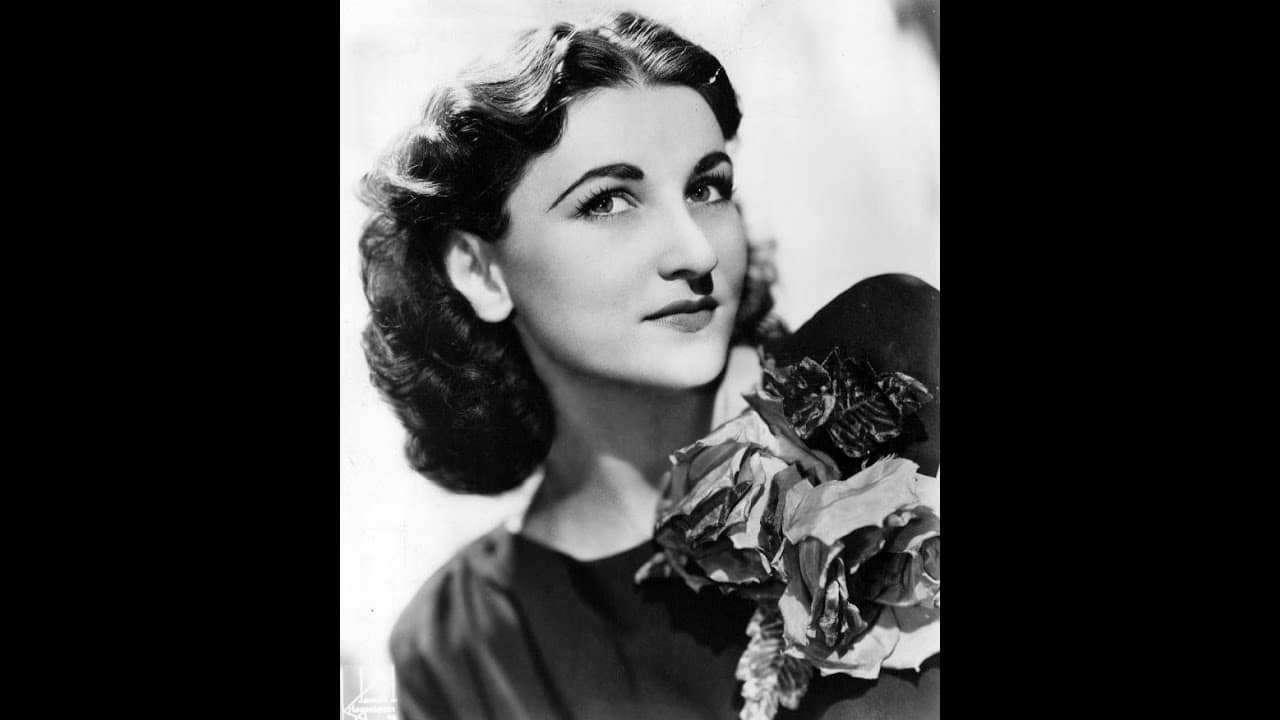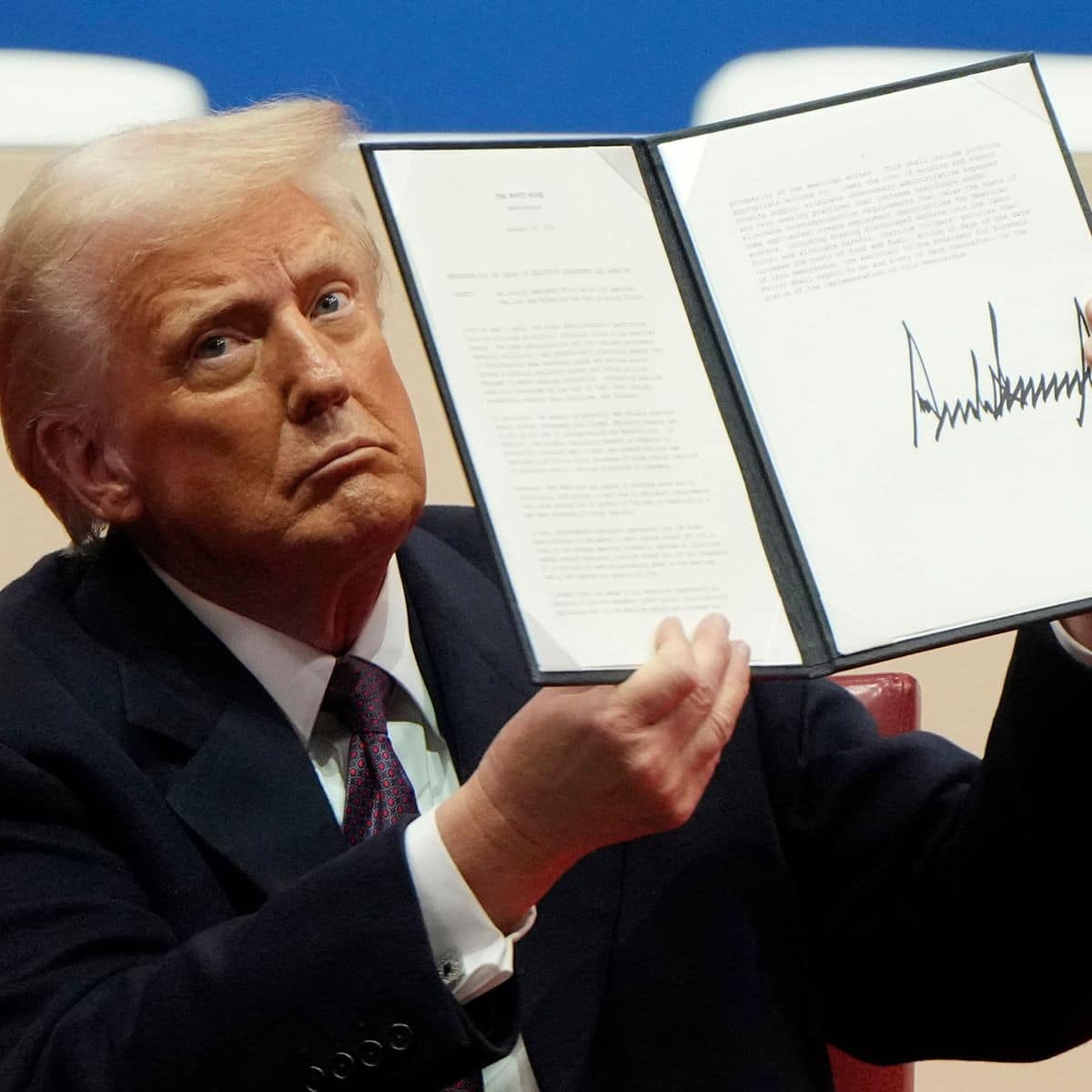Maestro is sent home mid-concert with flu
mainMoments before Jorge Federico Osorio walked onto the Atlanta Symphony Hall stage last night to play Beethoven’s Emperor Concerto, he was told of a change of conductor.
Robert Spano, who had conducted Leonard Bernstein’s Jeremiah Symphony in the first half, had been ordered to go home with flu.
His assistant Stephen Mulligan stepped in without having rehearsed with the soloist.
The pair got a standing ovation.






Comments